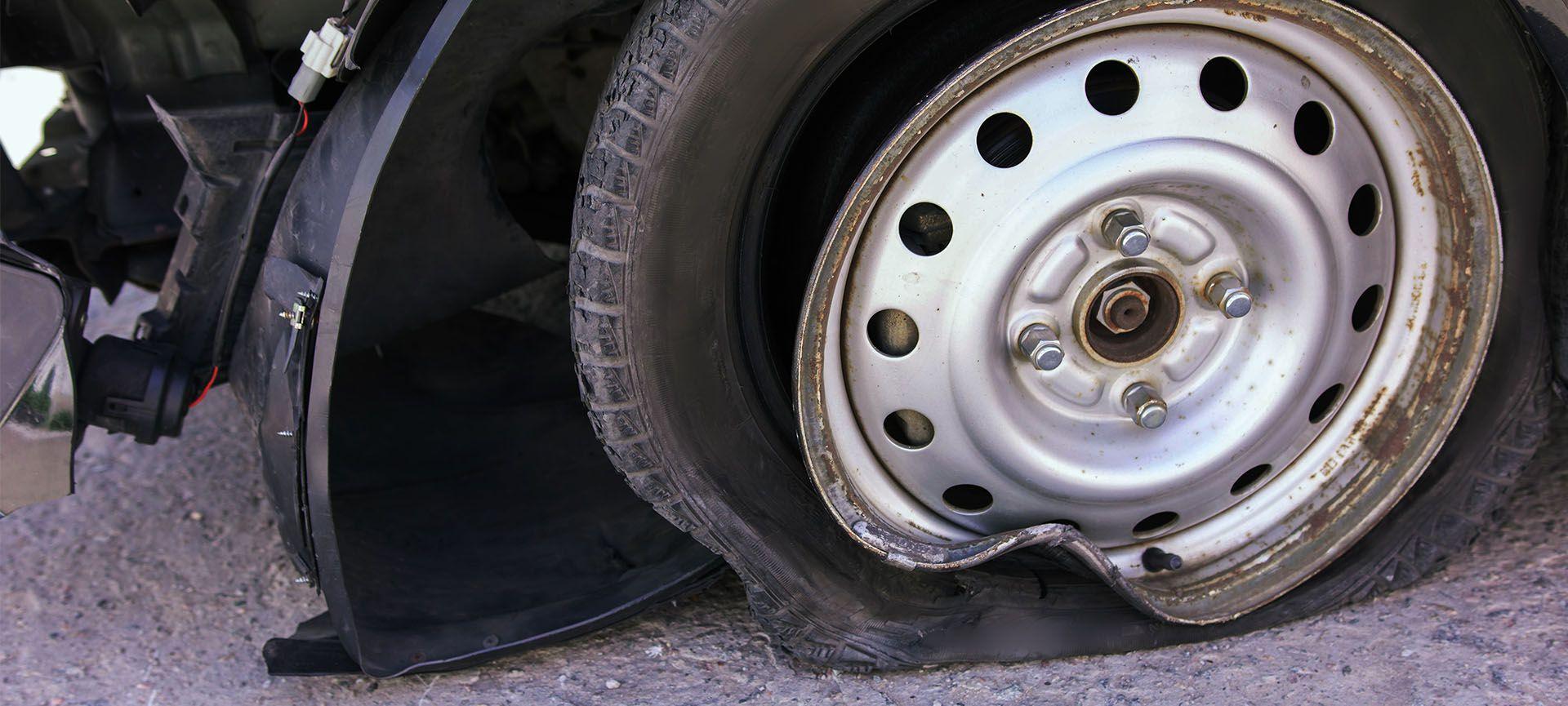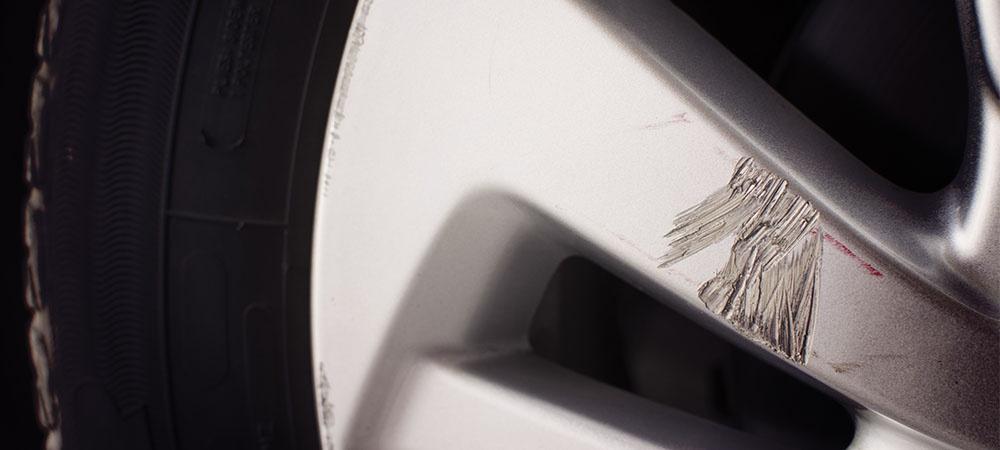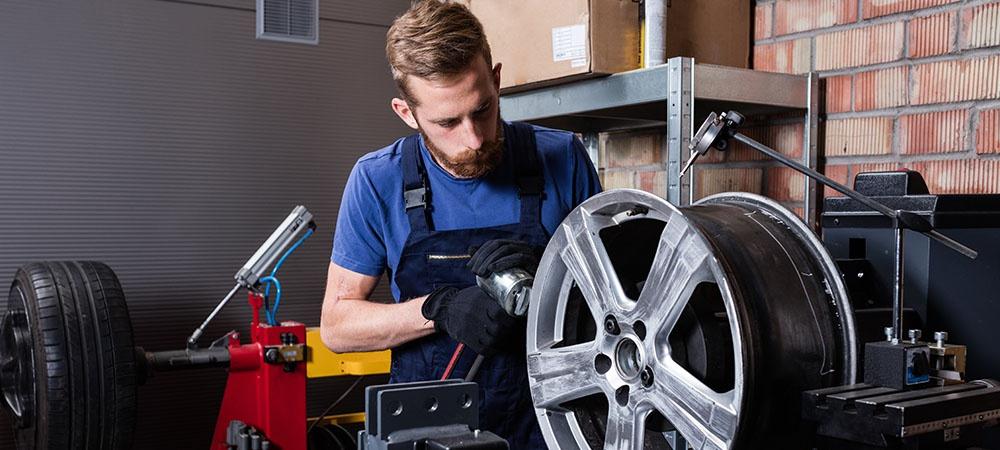Rims are among the most important parts of your car’s aesthetic. They help keep your tires spinning and operating safely on the road.
But unfortunately, the regular use and abuse we put our rims through daily — potholes, curbs, speed bumps — can cause damage to your rims in several ways. You may have to deal with bent rims, cracked wheels, scratches, or curb rash.
Understanding how each type of damage occurs can ensure you know what steps to take so you can get back out there driving quickly! This blog post will discuss common types of rim damage including how they happen and how it’s best addressed.
So buckle up – let’s dive into the world of rim repairs!
What is Rim Damage, and Why Should I Care About it?
When it comes to a smooth ride on the road, having wheels in good condition is essential. Unfortunately, rim damage is something that all drivers can experience until we get those magical levitating cars.
Rim damage can range from something small and occasional, like a bend in the edge of the wheel, to intense, more obvious damage, like cracks or flat spots.
The most common type of rim damage occurs when driving over potholes or uneven terrain. This type of damage damages the rims because they can’t absorb the impact during extreme bumps and jolts.
Damaged rims reduce efficiency with regard to stability and increase wear and tear on tires over time. Under-inflated tires can have a detrimental effect on braking, handling and gas mileage. Checking your rims regularly for any signs of defects is an easy way to ensure that your car remains safe and efficient when you’re out on the road.
Common Types of Rim Damage
Unfortunately, rim damage due to weather conditions, road hazards and everyday wear can be common and is often difficult to avoid. Understanding the types of damage your rims may face can help you reduce the chances of experiencing unwanted repairs in the future.
- Bent Rims: This occurs when the rim is twisted by hard impacts with curbs or other objects on the road or when a pothole is hit, causing it to lose its shape.
- Cracked Rims: These occur when a flaw in the metal structure is subjected to tension or pressure exceeding its capacity causing the metal of the rim to split and become fractured due to hitting something hard like a curb or road debris.
- Scratched Rims: Minor scratches on the surface of the rim can occur due to regular contact with abrasive surfaces such as sidewalks or gravel.
- Curb Rash: This type of damage is caused when driving over a curb at an angle and scraping against it, leaving scrapes and gouges in its wake. It’s the most common type of rim damage, and it looks similar to scratches.
Effective protective measures include reducing terrain intensity and avoiding roads with high concentrations of debris. In cases where rim damage has already occurred, repair methods such as rim straightening and reinforcement welding can get your vehicle back on track quickly!
Related Article: The Benefits Of Alloy Wheel Repair: Why It’s Worth The Investment
Signs of Rim Damage – What to Look Out For
It’s important to take note of any signs that could indicate a damaged rim. Some common things to look for are:
- Uneven tire wear: If the entire outer circumference of your tires is not wearing evenly, it could be a sign of bent rims.
- Vibrations in your vehicle: If you feel vibrations coming from your car while driving, it could be due to a bent rim.
- Visible signs of damage: If you can visibly see cracks, bends or scratches on your rims, you’ll need to have them inspected immediately.
Causes of Rim Damage – Driving Habits and Environmental Factors
Driving habits and environmental factors are two of the most common causes of rim damage. Some examples of this include:
- Poor driving habits such as excessive speed, cornering too hard or hitting curbs when parking can all cause rim damage.
- Harsh road conditions such as potholes, gravel roads and uneven surfaces can all lead to rim damage.
- Weather conditions such as extreme weather or road salt can also cause corrosion and rust on rims, leading to visible signs of wear over time.
- Regular driving habits like sustained braking or acceleration can create heat buildup in the wheel, eventually leading to cracks in the rim.
Prevention – Tips on How to Avoid Damage to Your Wheels
Although rim damage caused by everyday wear can be common, there are steps you can take to minimize the chances of damage. Here are some tips that you should keep in mind:
- Avoid potholes and other road hazards when possible.
- Drive slowly around corners and avoid sudden braking or acceleration.
- Park with care and avoid touching or scraping the curb when entering or leaving an area.
- Make sure to use proper tire pressure as this will help ensure even tire wear.
- Have your tires regularly inspected for even wear, which can be indicative of bent rims.
- Regularly inspect your rims for any signs of damage
Remember that prevention is always better than repair or replacement. By taking the necessary precautions and paying attention to any potential signs of rim damage, you can ensure your vehicle remains safe and reliable for many years to come. Regular inspections of rims are a great way to stay on top of any potential issues that may arise over time.
Repair and Replacement Strategies – How to Identify the Best Option for You
If you’ve determined your rims require professional rim repair or replacement, it’s important to identify the best strategy for your situation. Depending on the amount and type of damage, some common strategies include:
- Rim Straightening – This process involves using special equipment to straighten out any bent rim parts, reduce vibrations and uneven tire wear.
- Reinforcement Welding – This process involves welding a metal mesh to the inner part of the rim, which reinforces it against future impacts or bending.
- Rim Replacement – If significant damage or corrosion occurs, replacing your rims may be the best option.
When in doubt, always consult a professional who can provide advice and insight into which option is best for your situation.
Related Article: How Much Does Wheel Repair Cost & What Factors Affect The Price?
Final Thoughts
By taking the necessary precautions and paying attention to potential signs of rim damage, you can help ensure your vehicle remains safe and reliable for many years to come.
Regular inspections of rims are a great way to stay on top of potential issues that may arise over time. If your rims show signs of wear, repair or replace them as soon as possible to minimize further damage and keep you safe on the road.
This is where we come in at Rim Perfection. Our trained rim repair professionals will assess your rims for damage and fix it the same day you call us. Contact us today.




